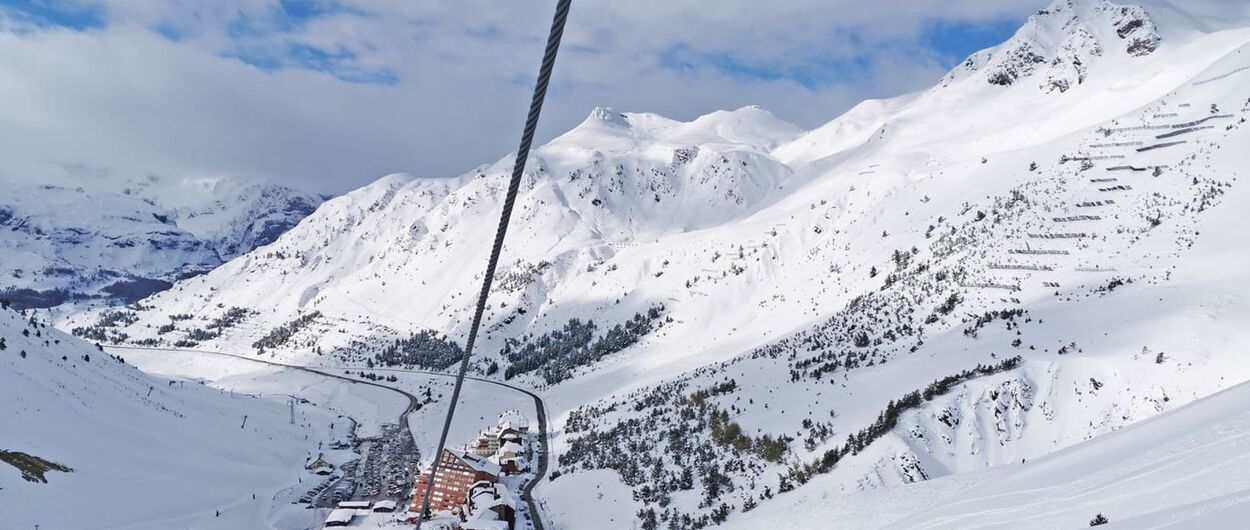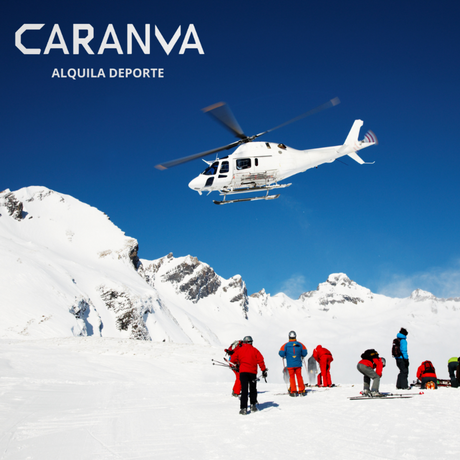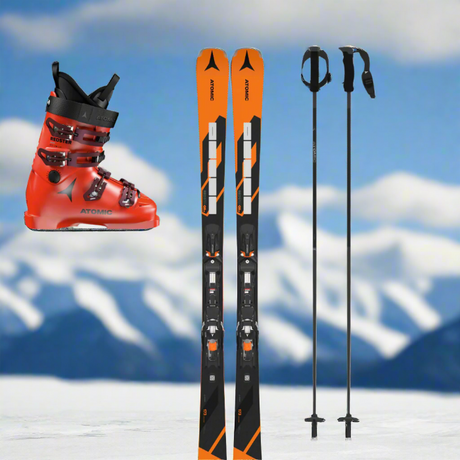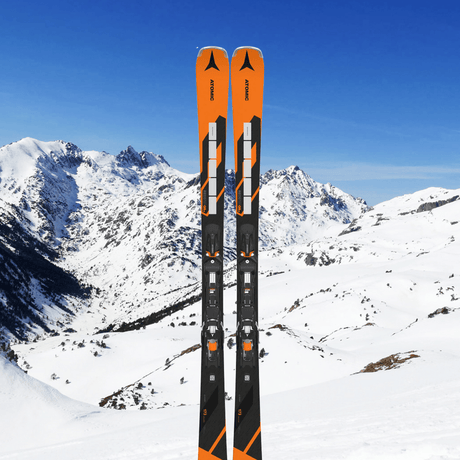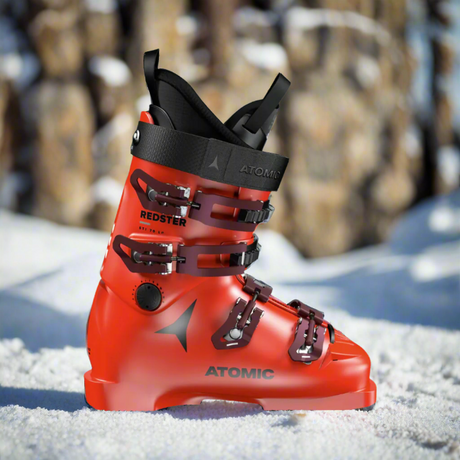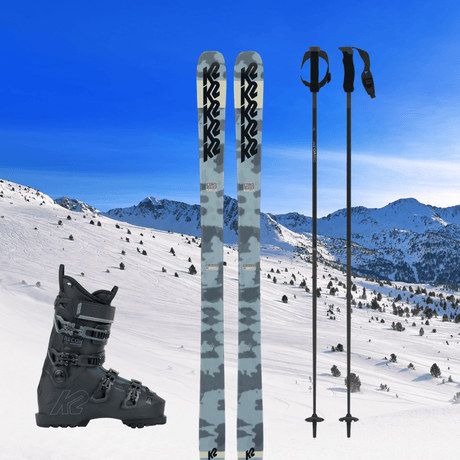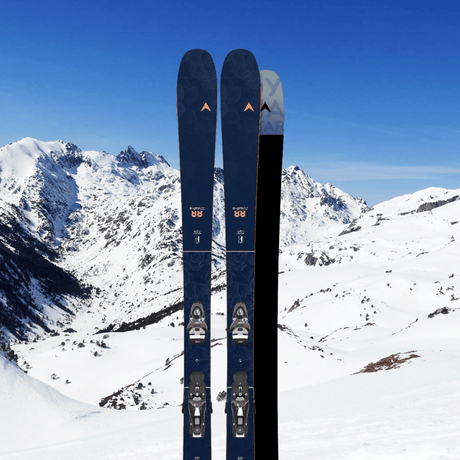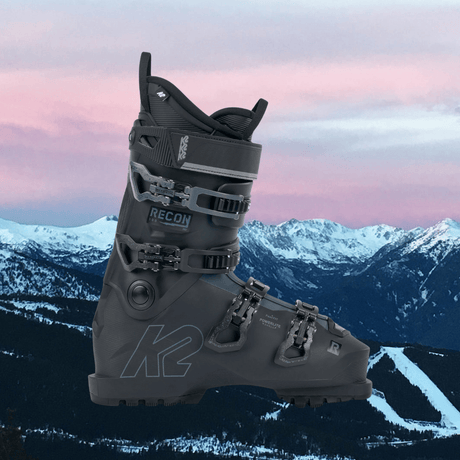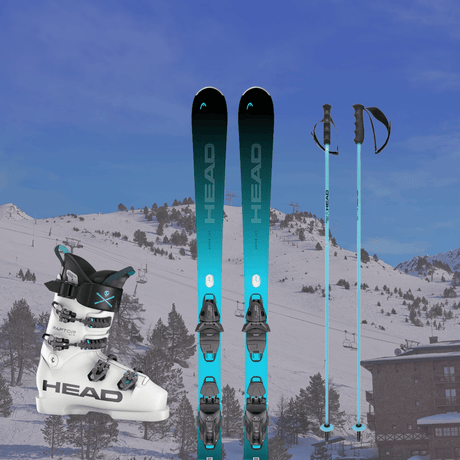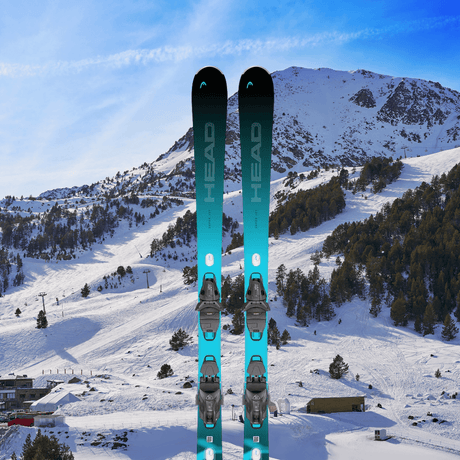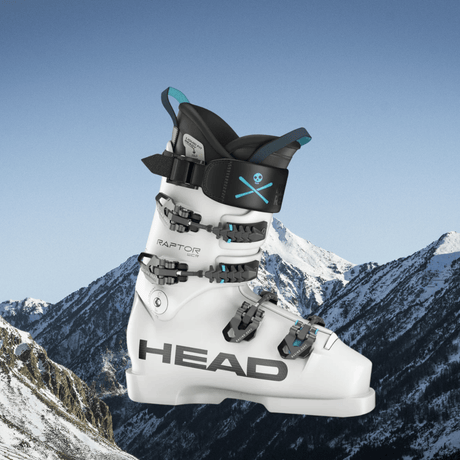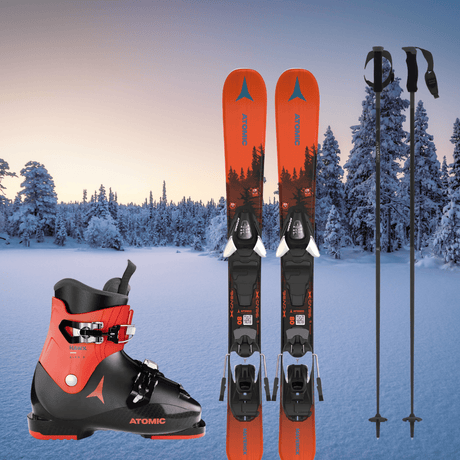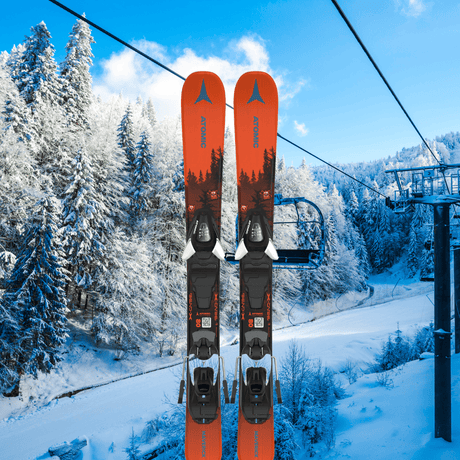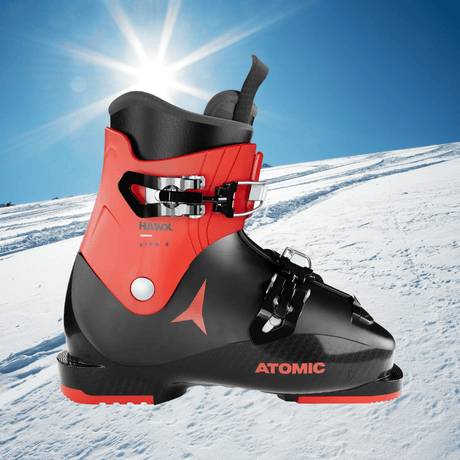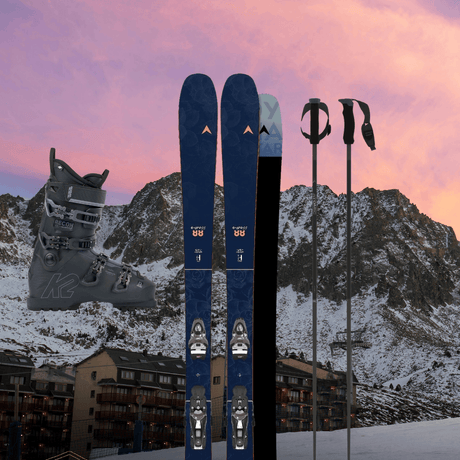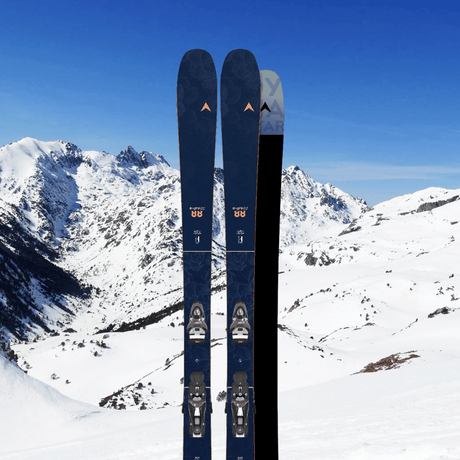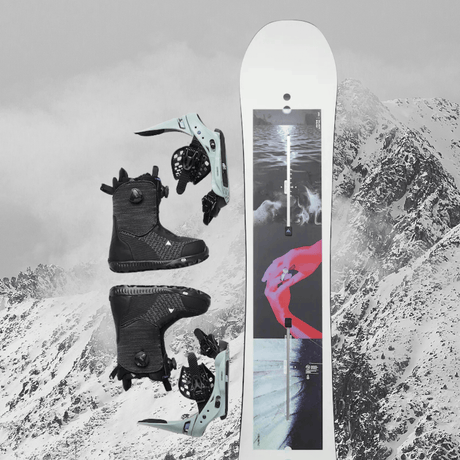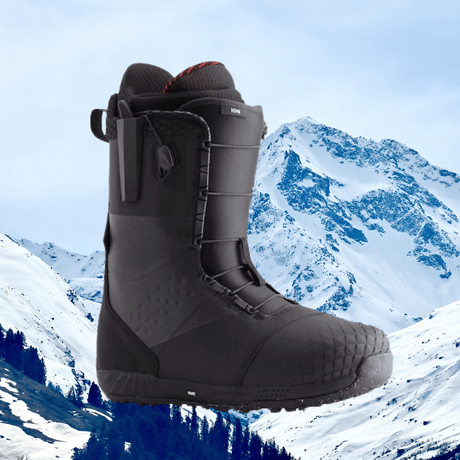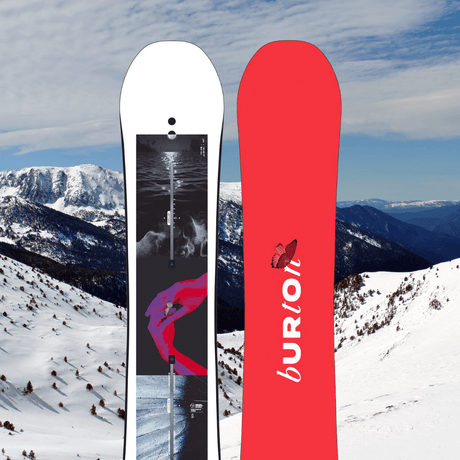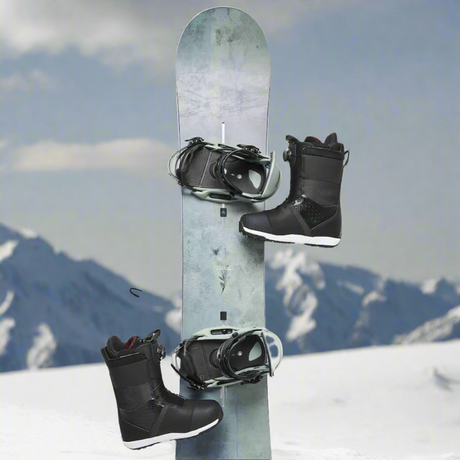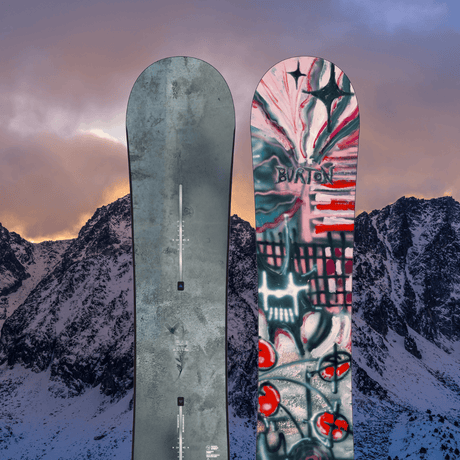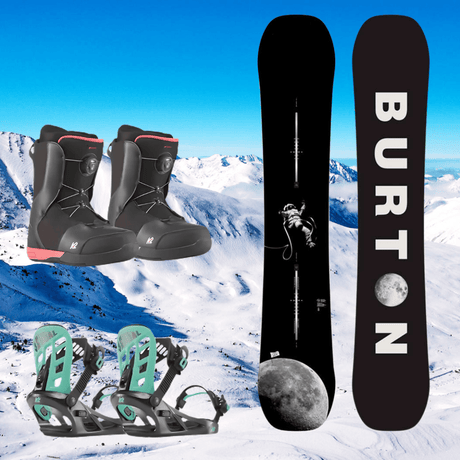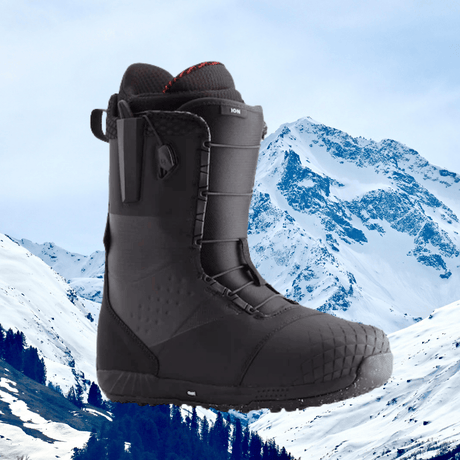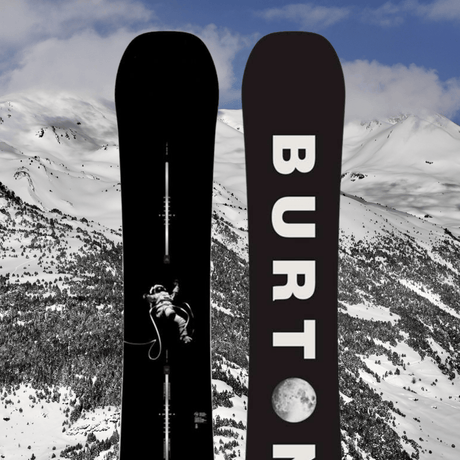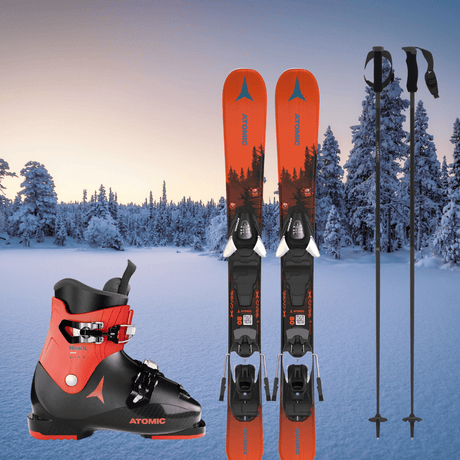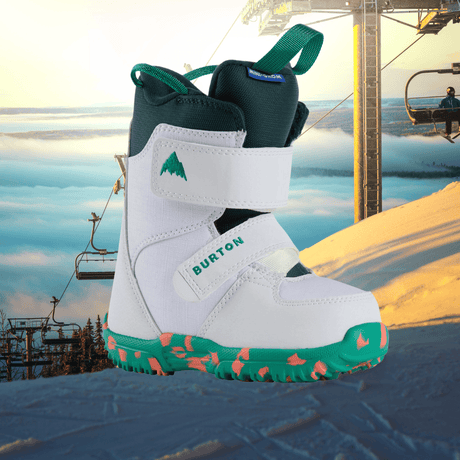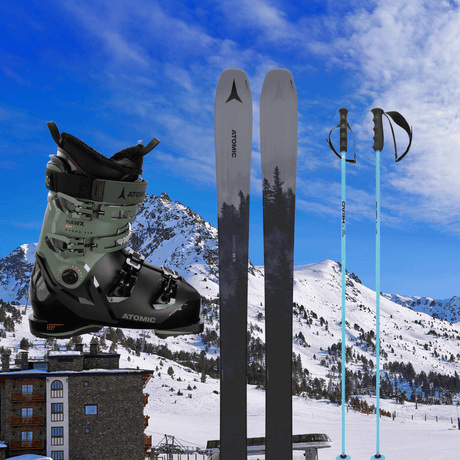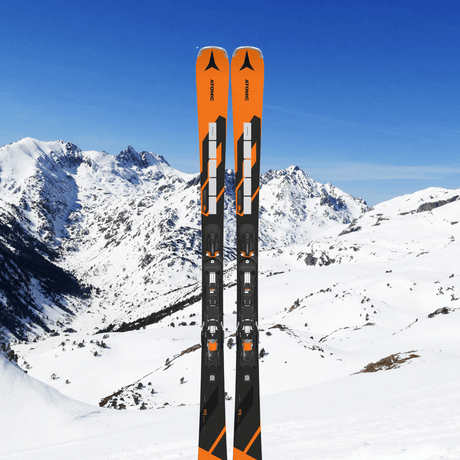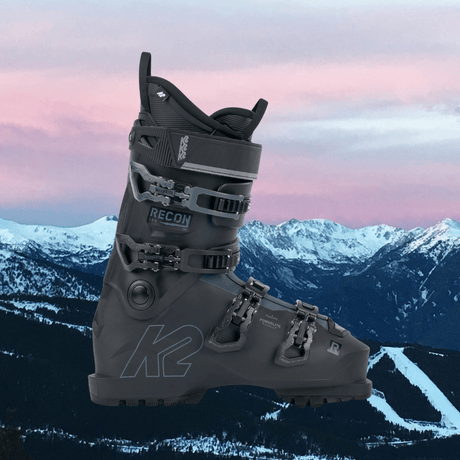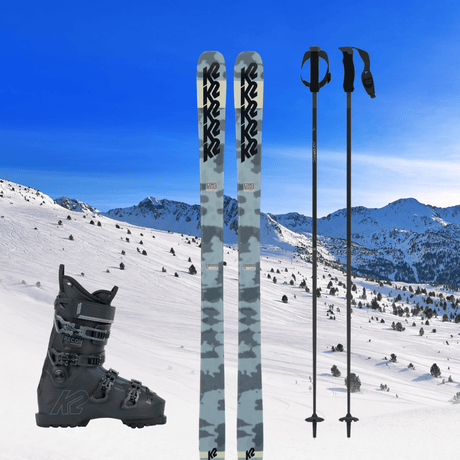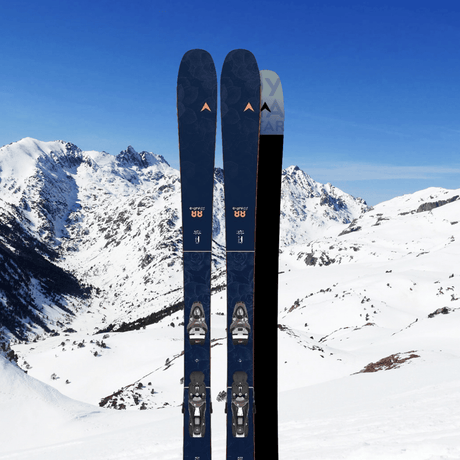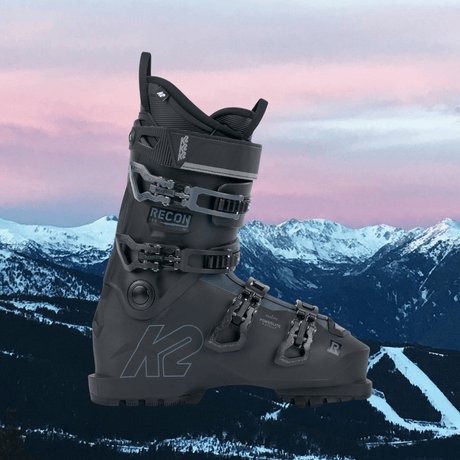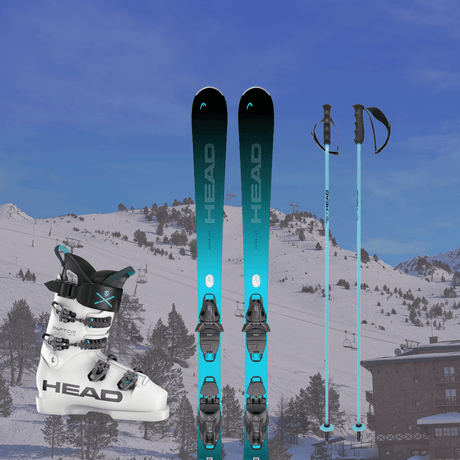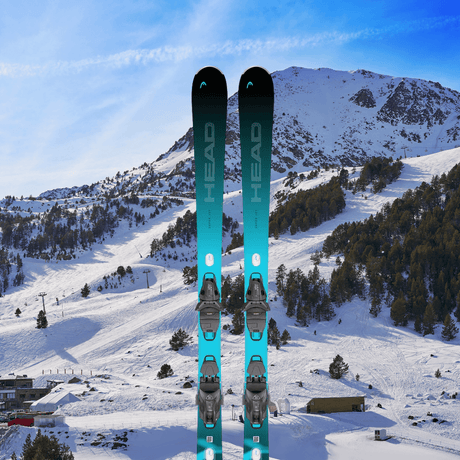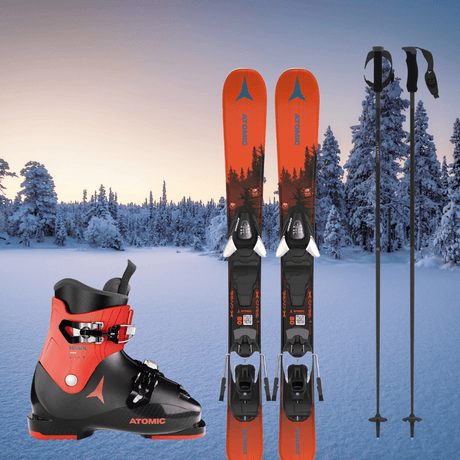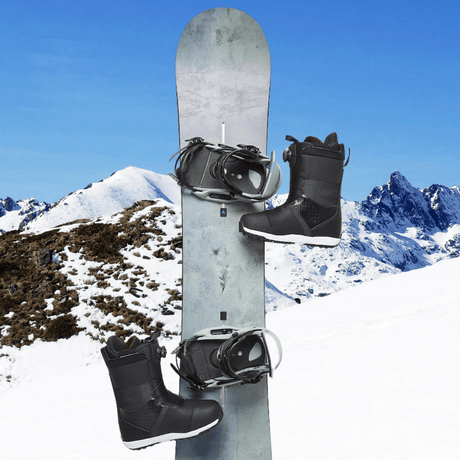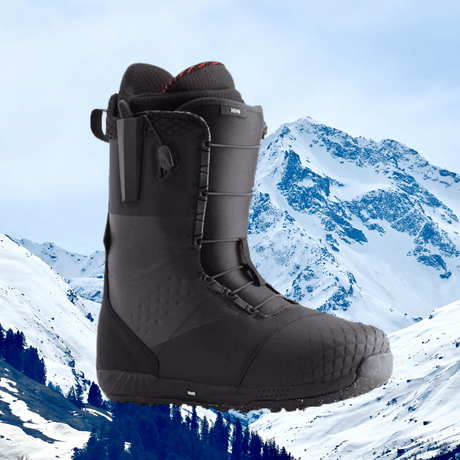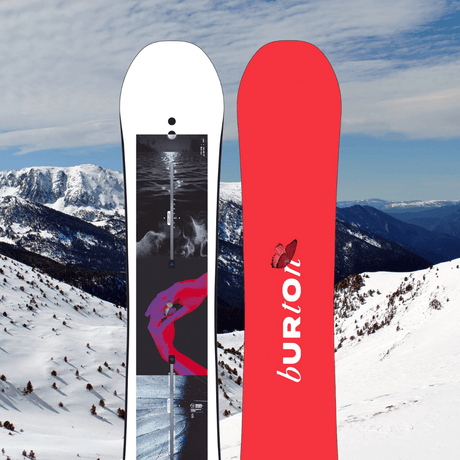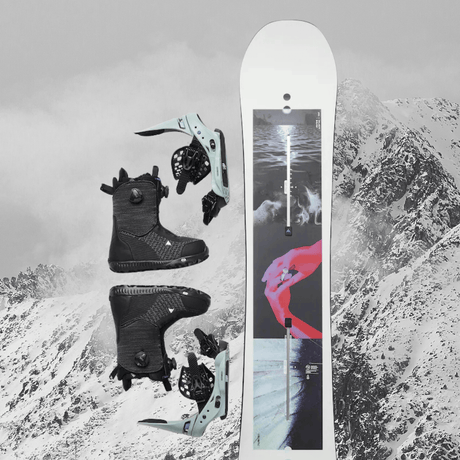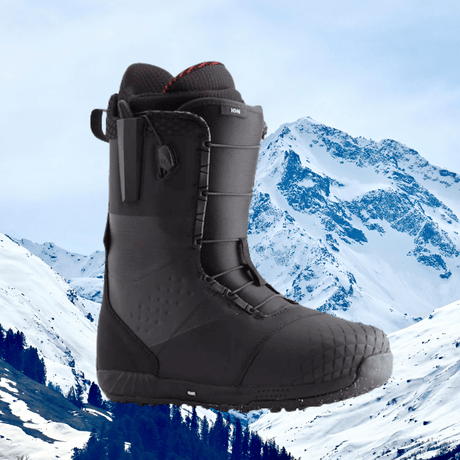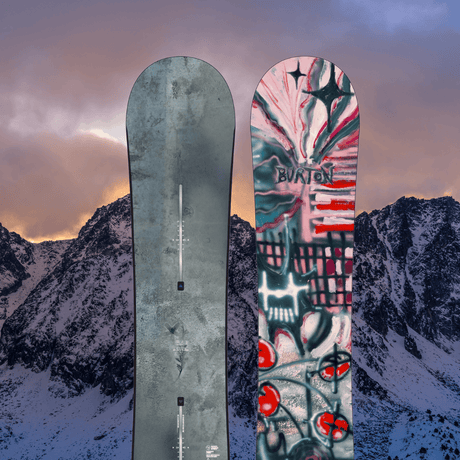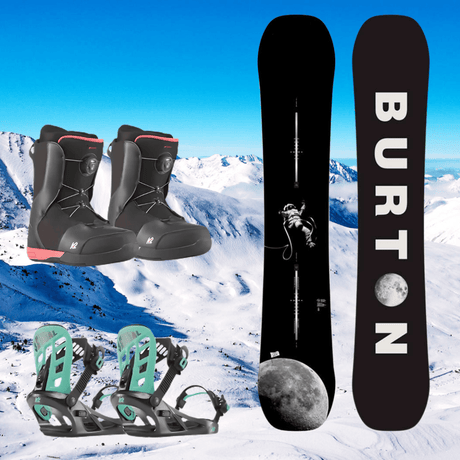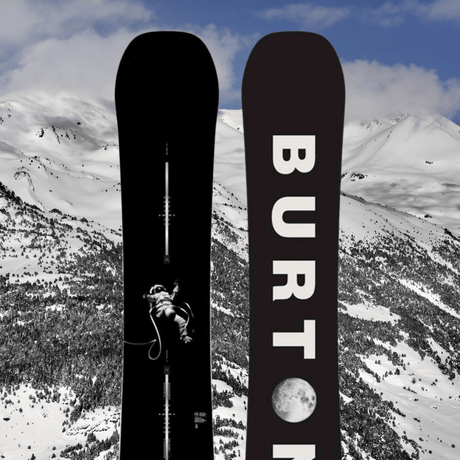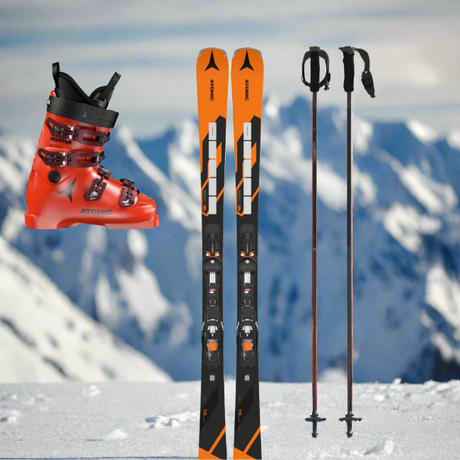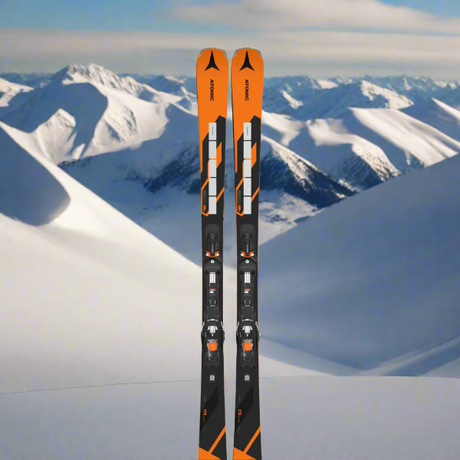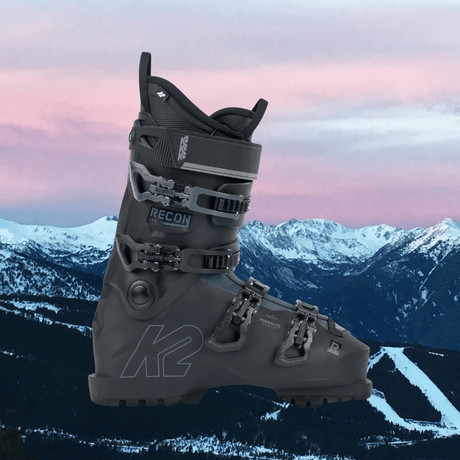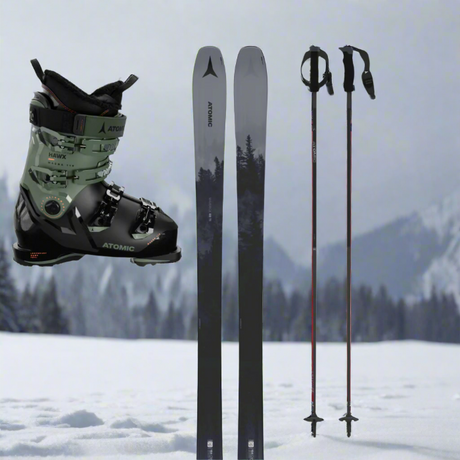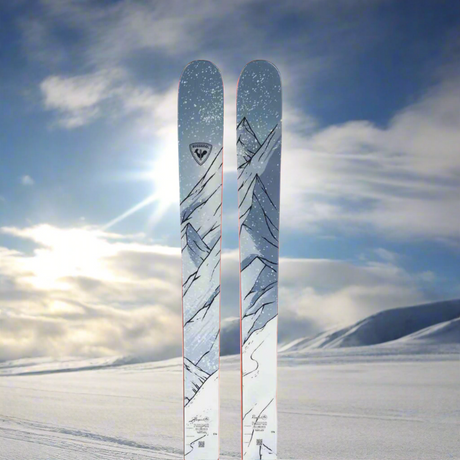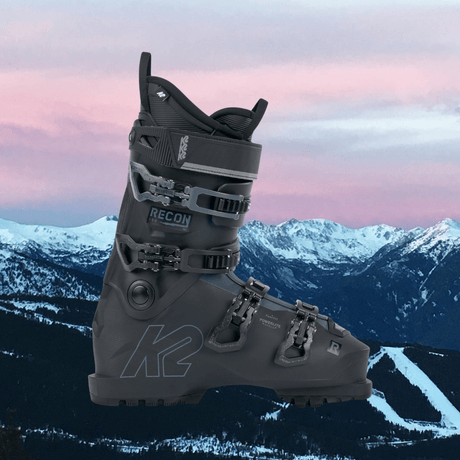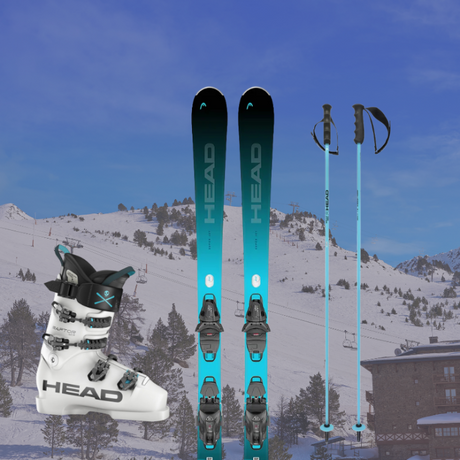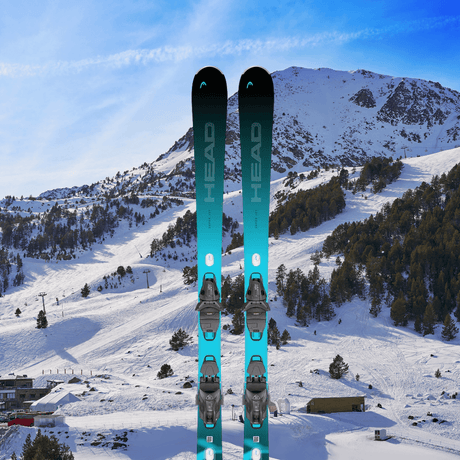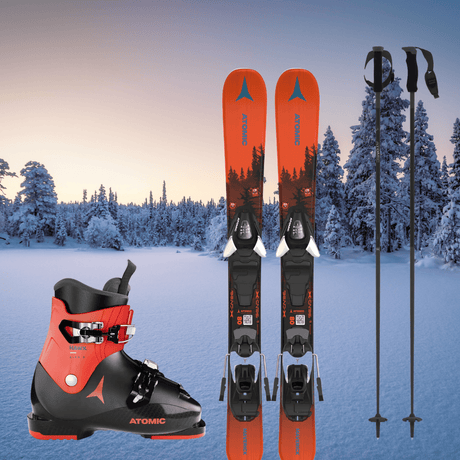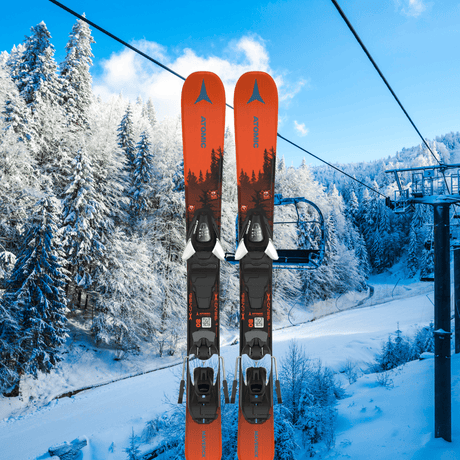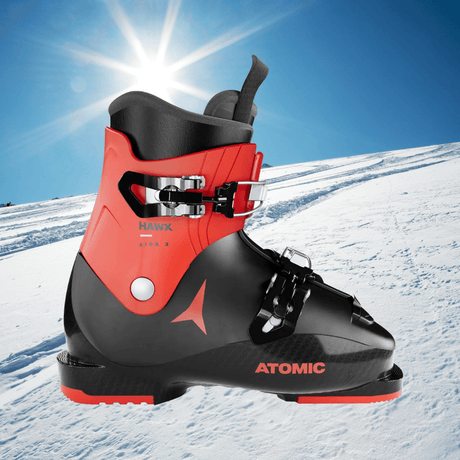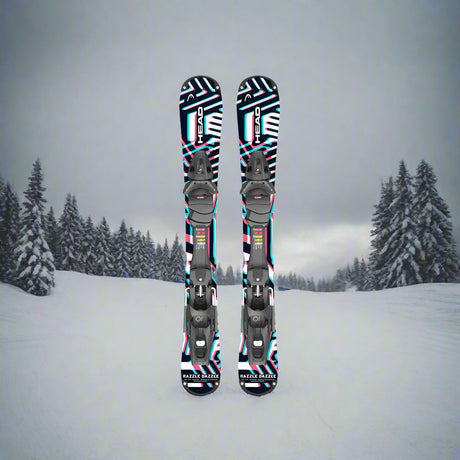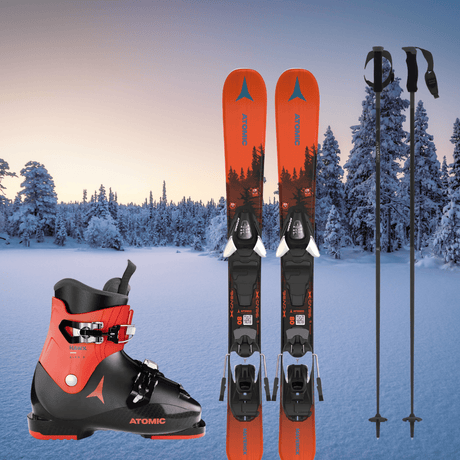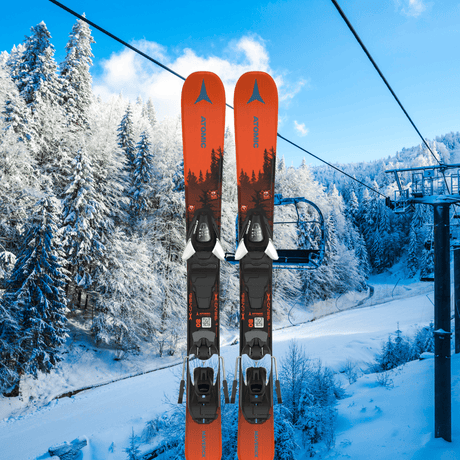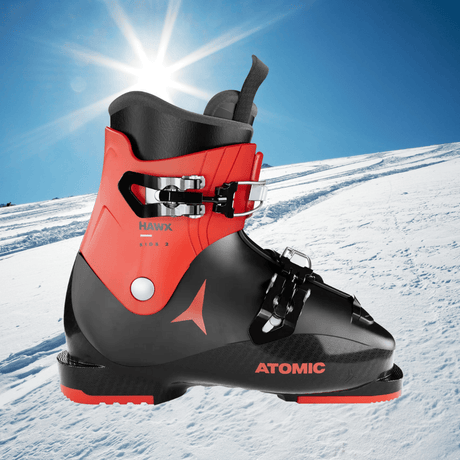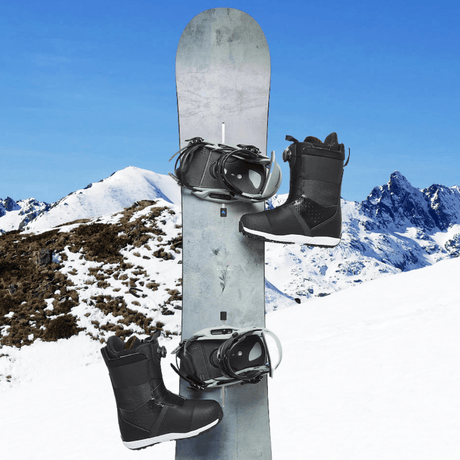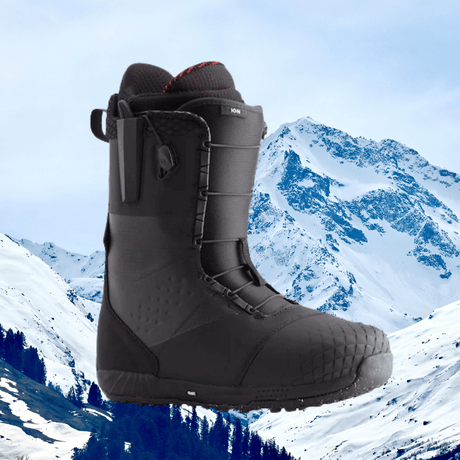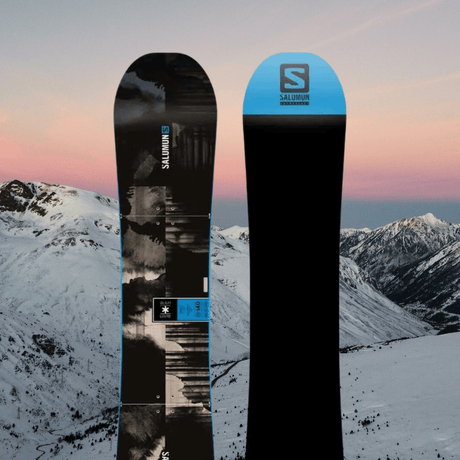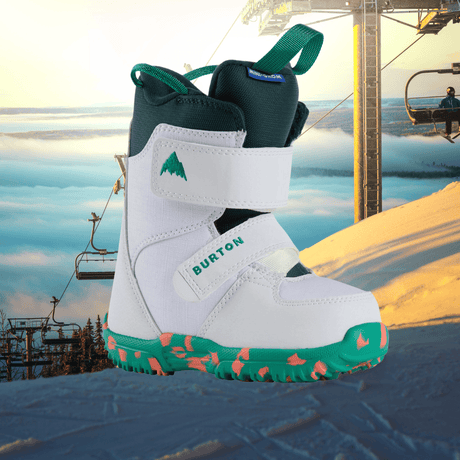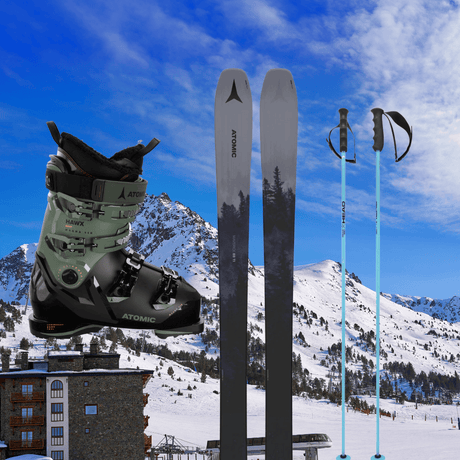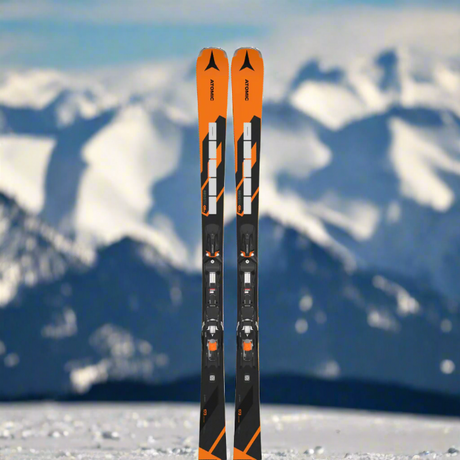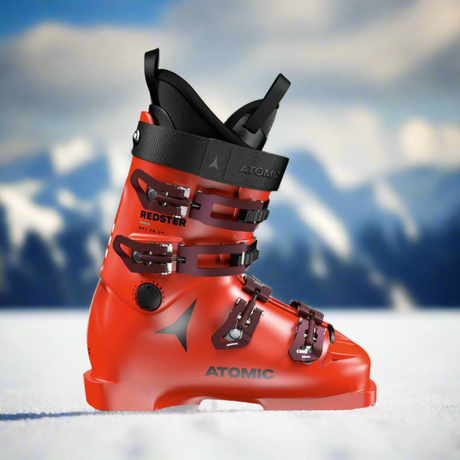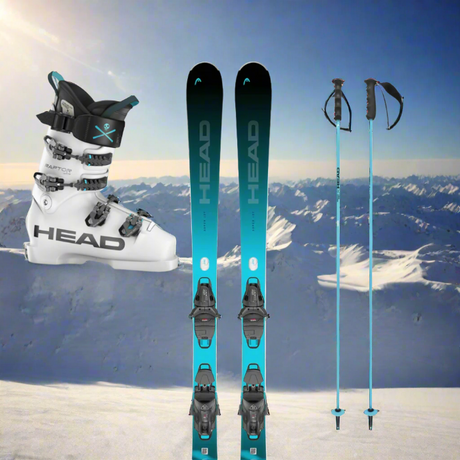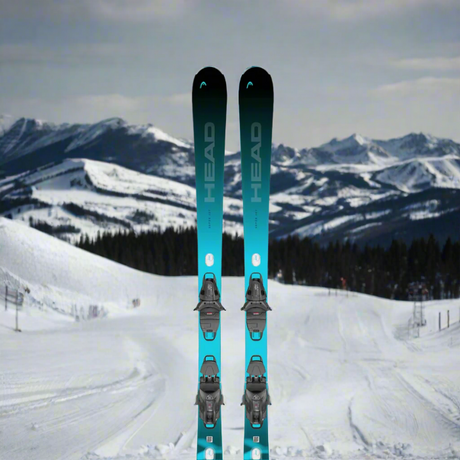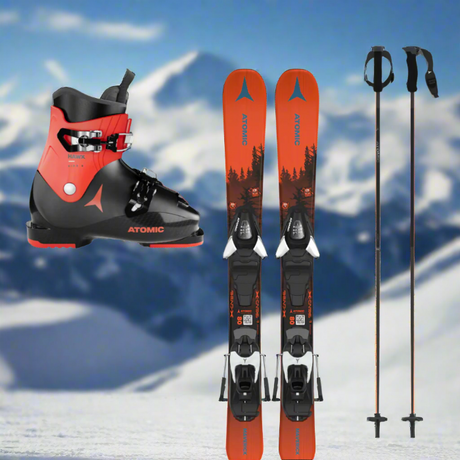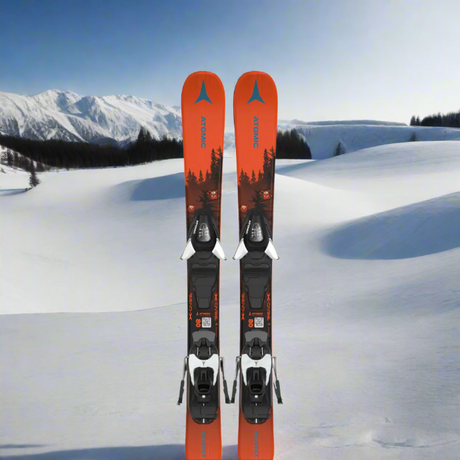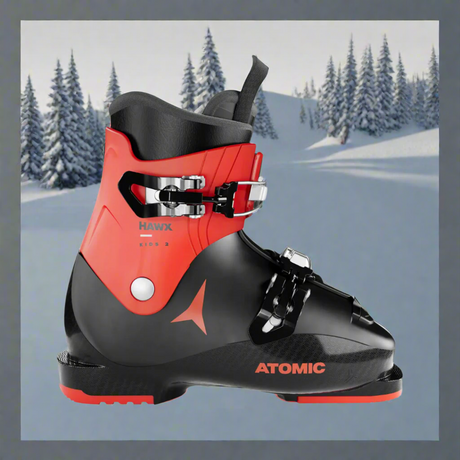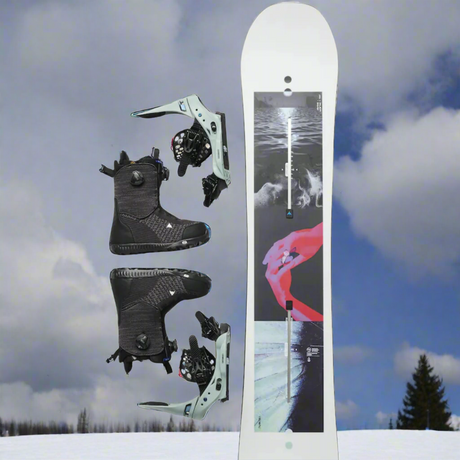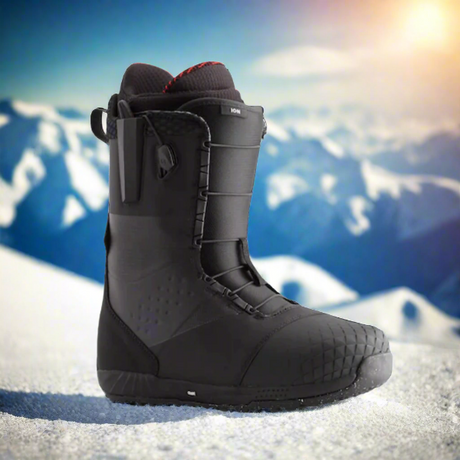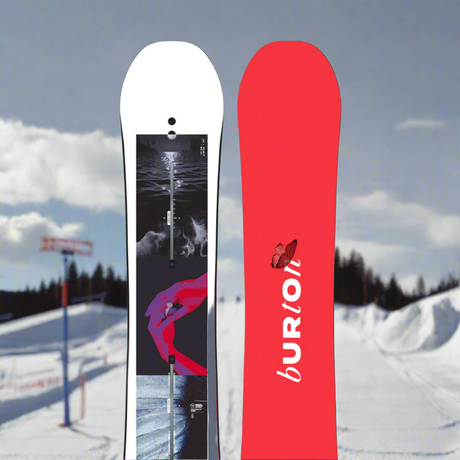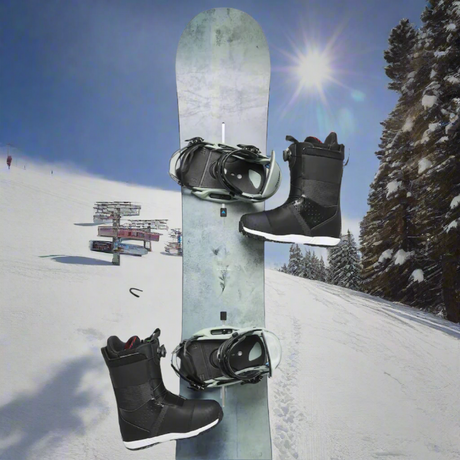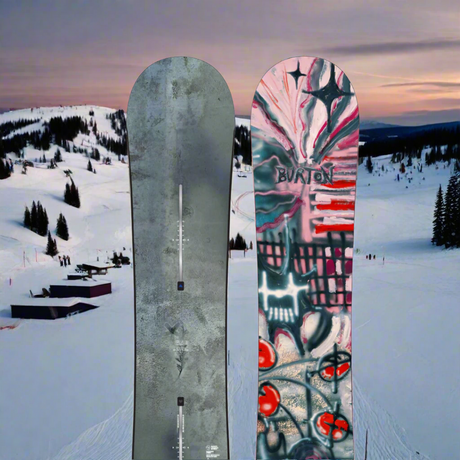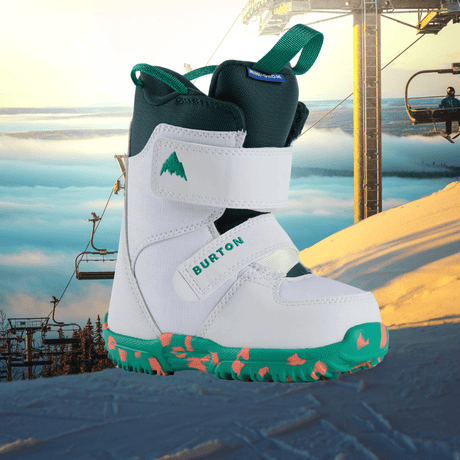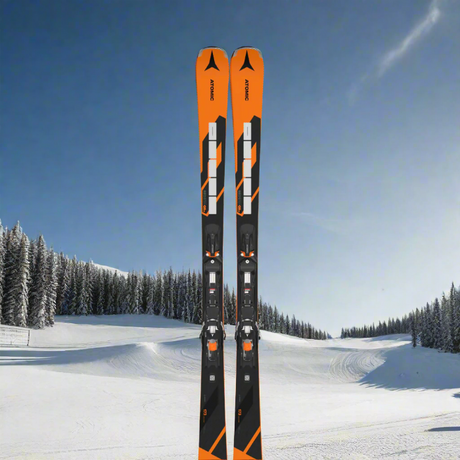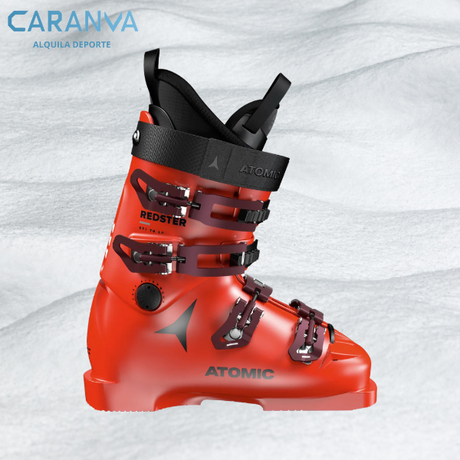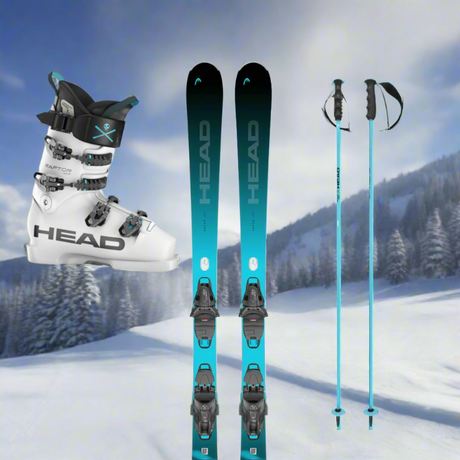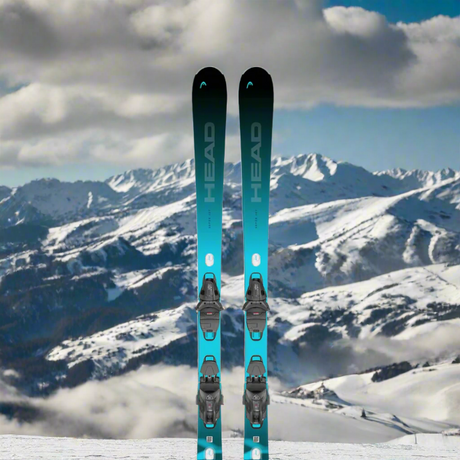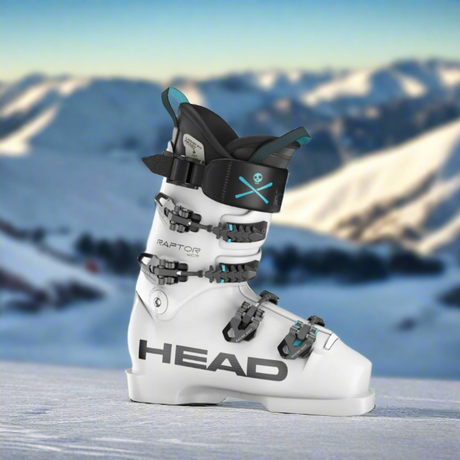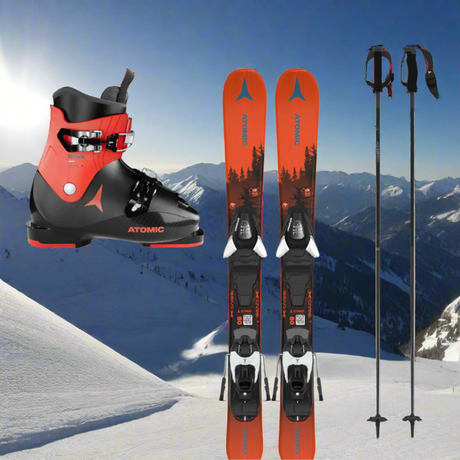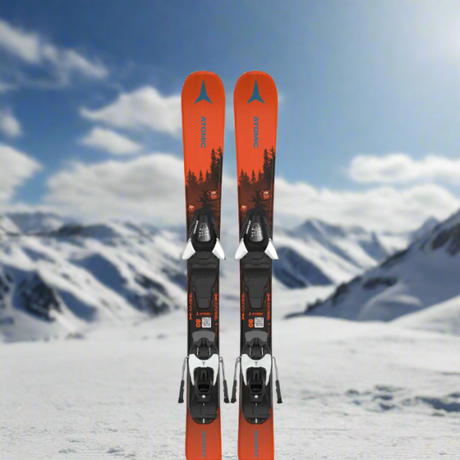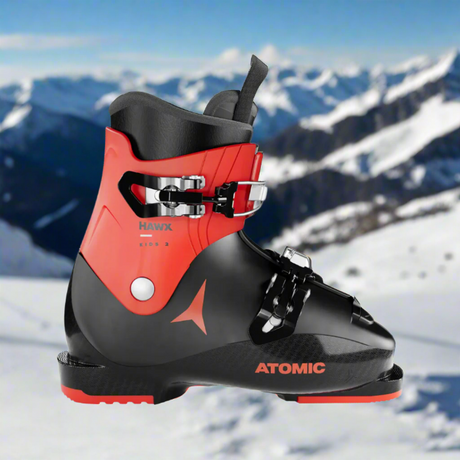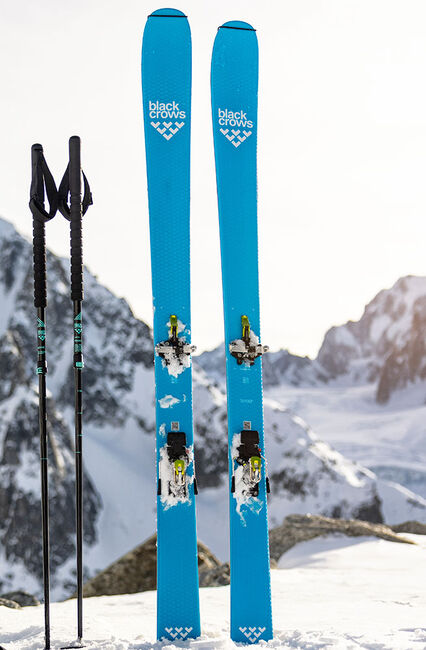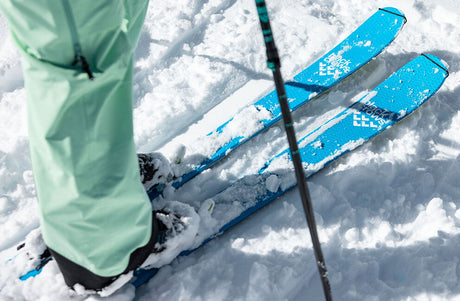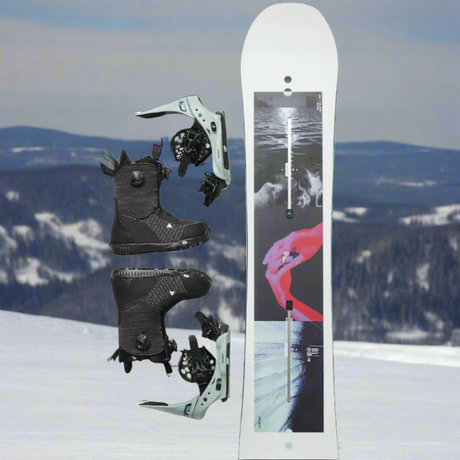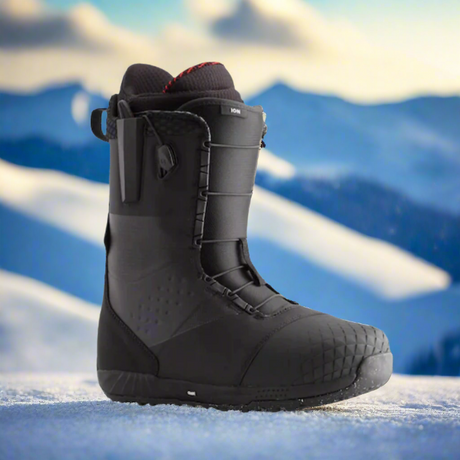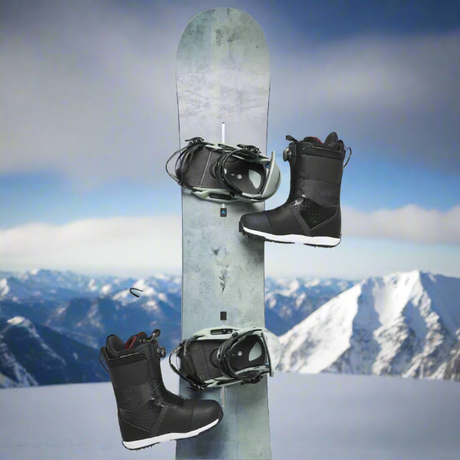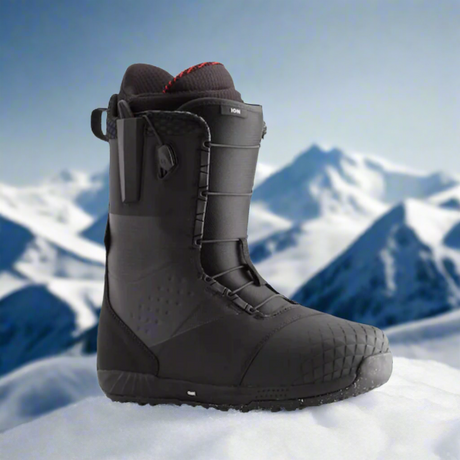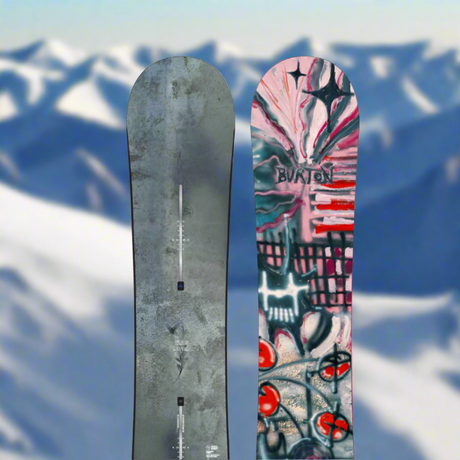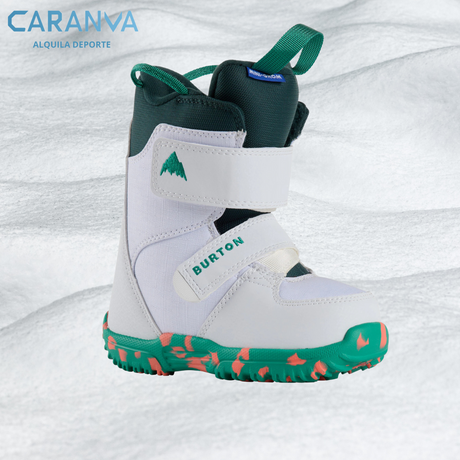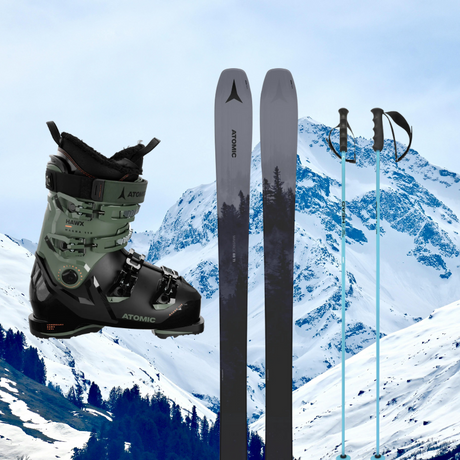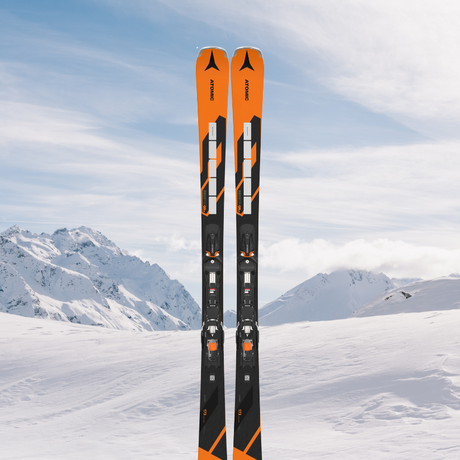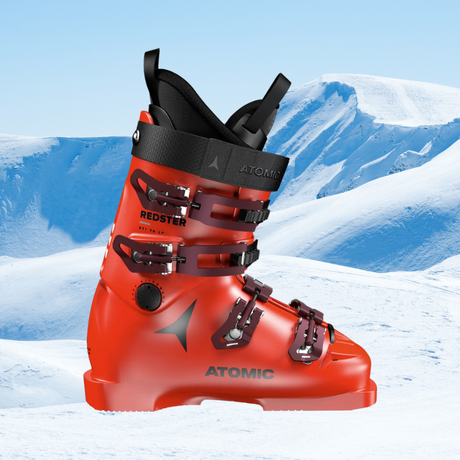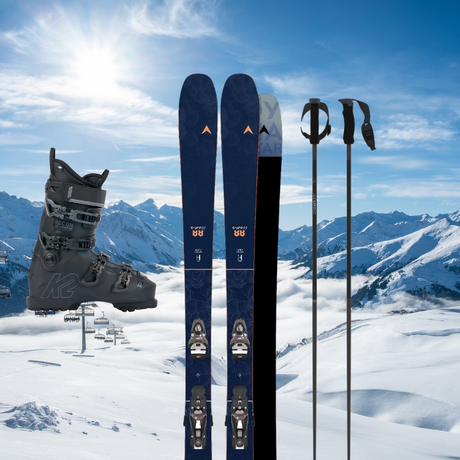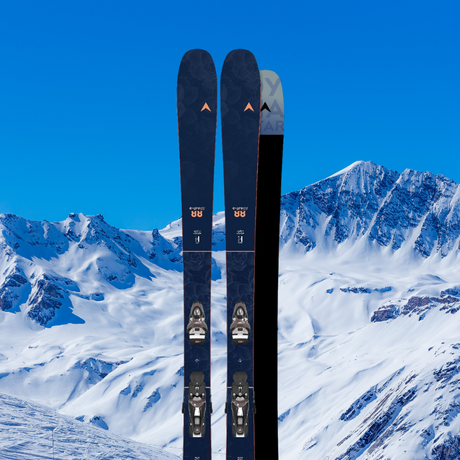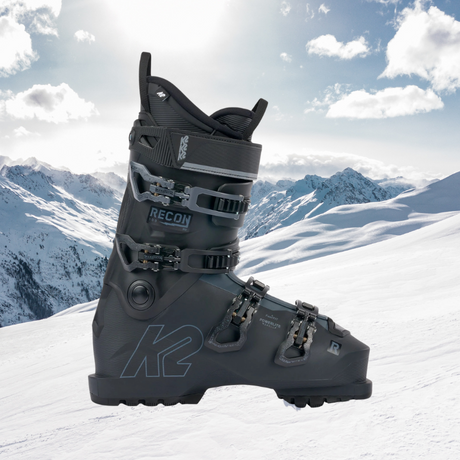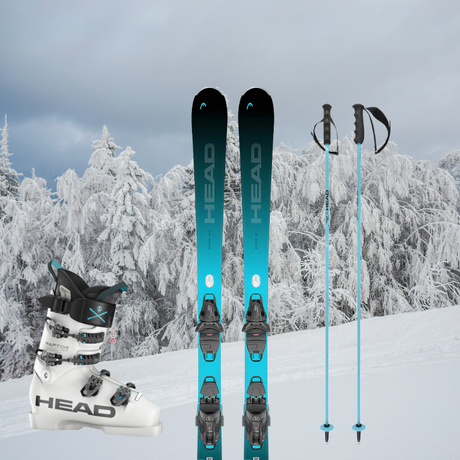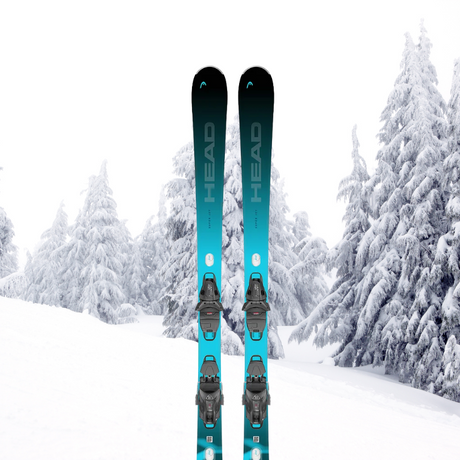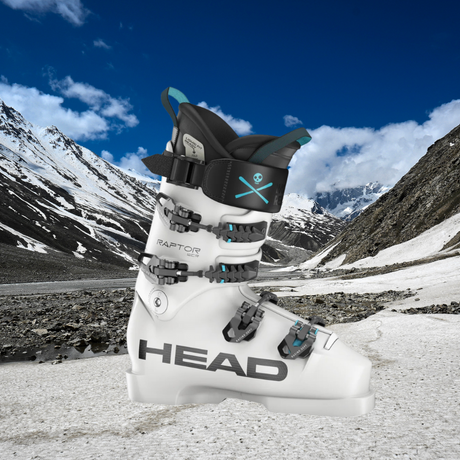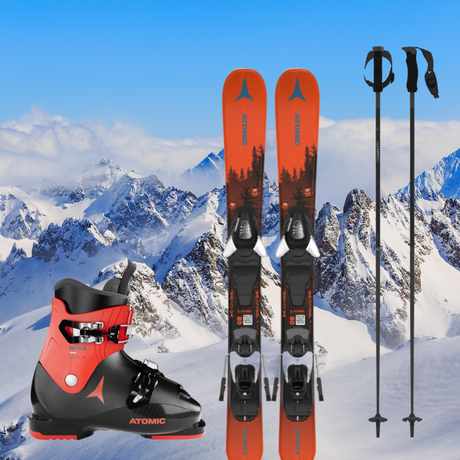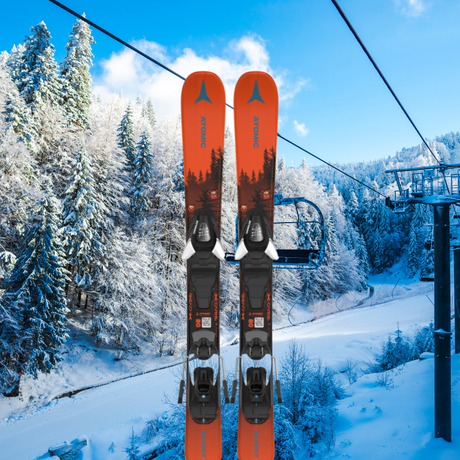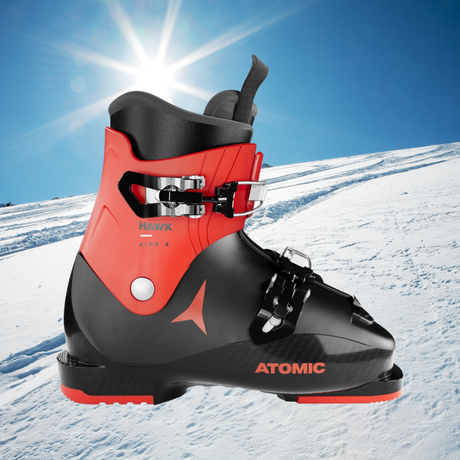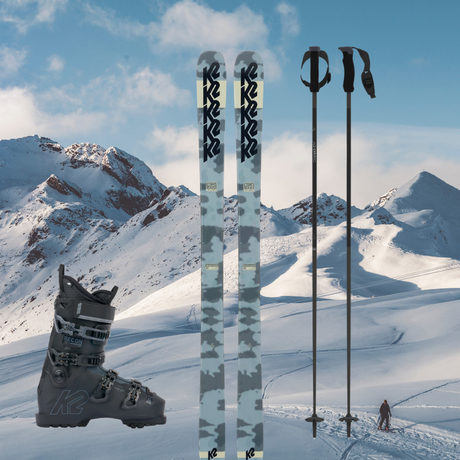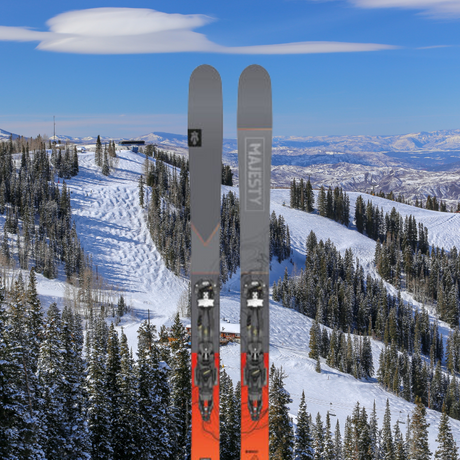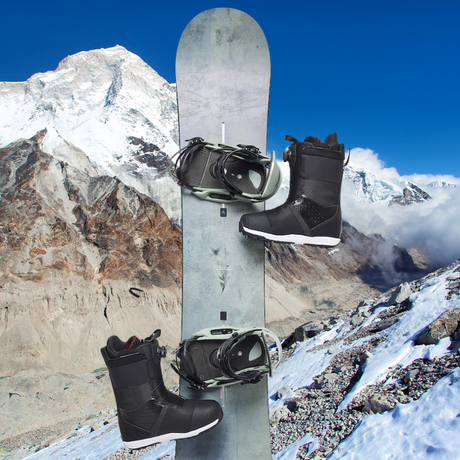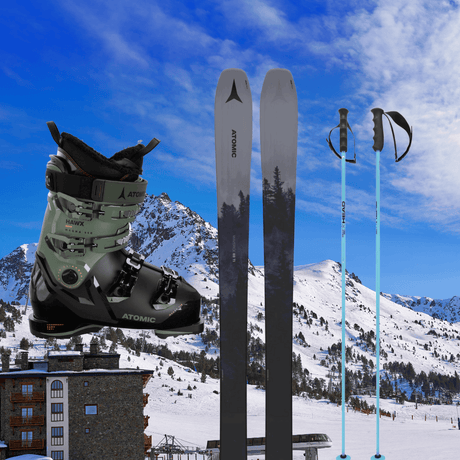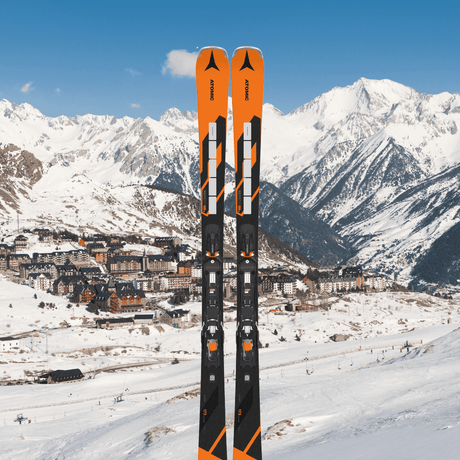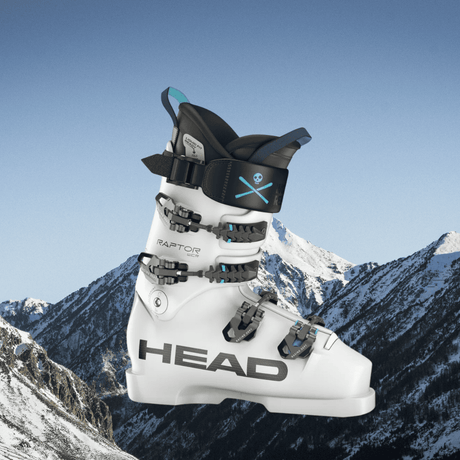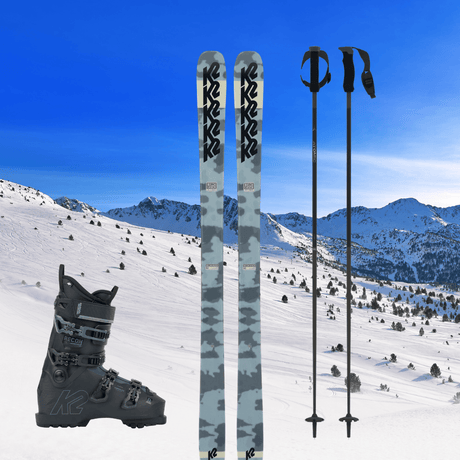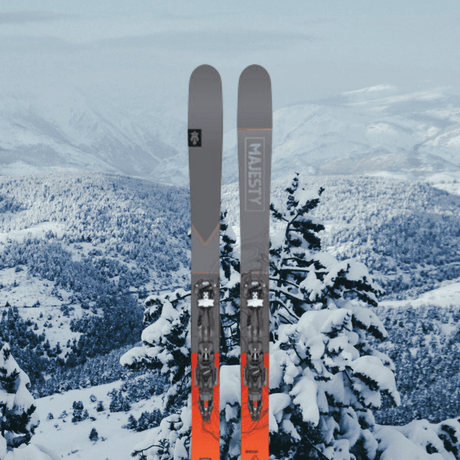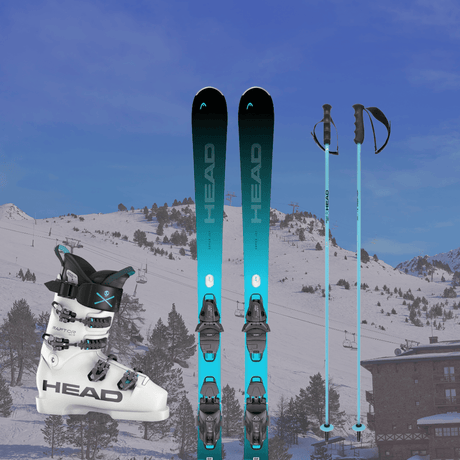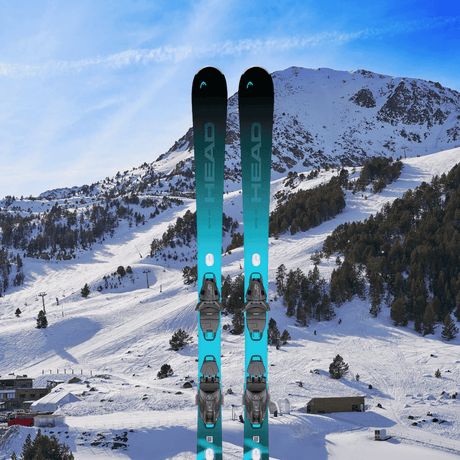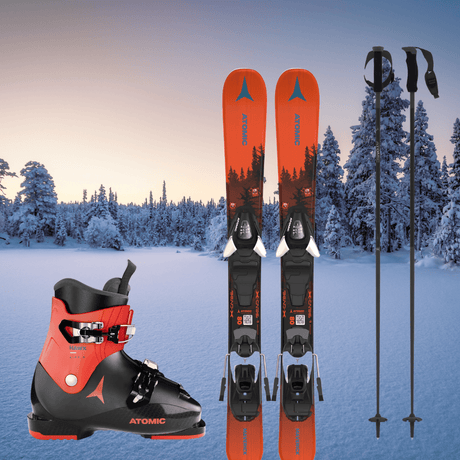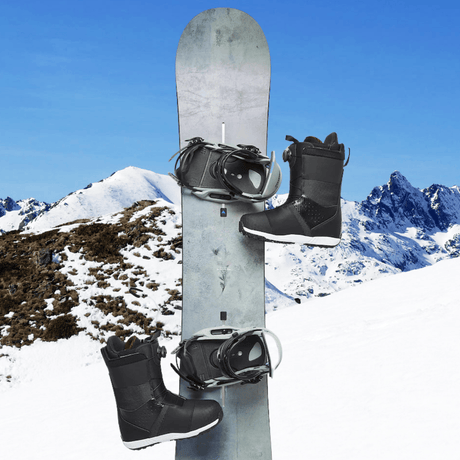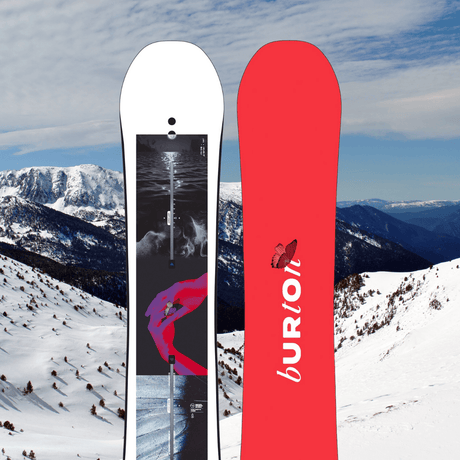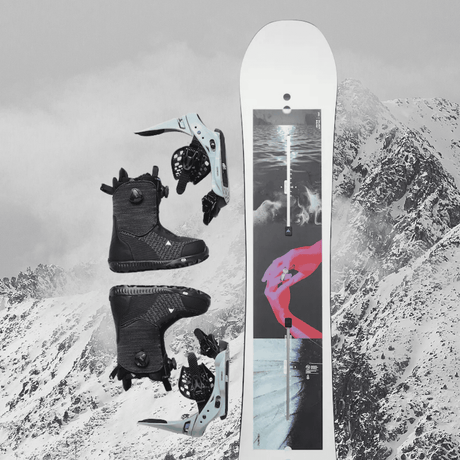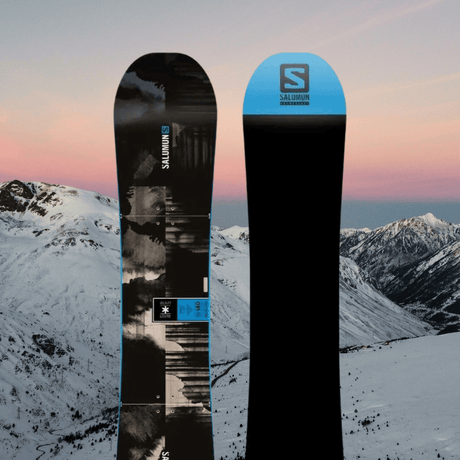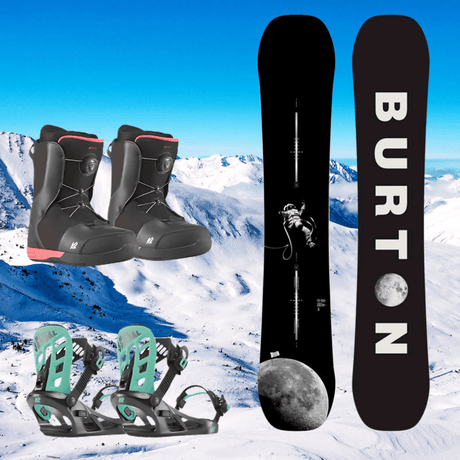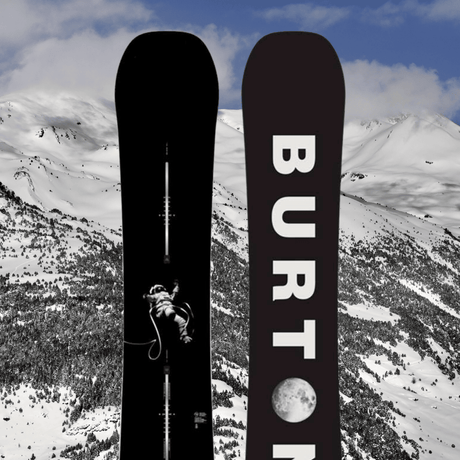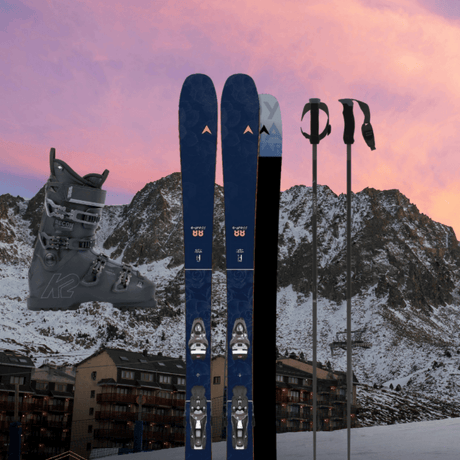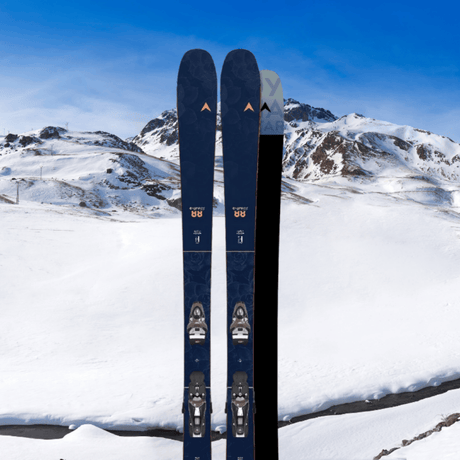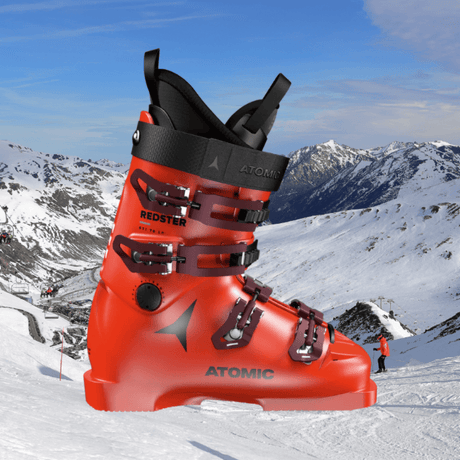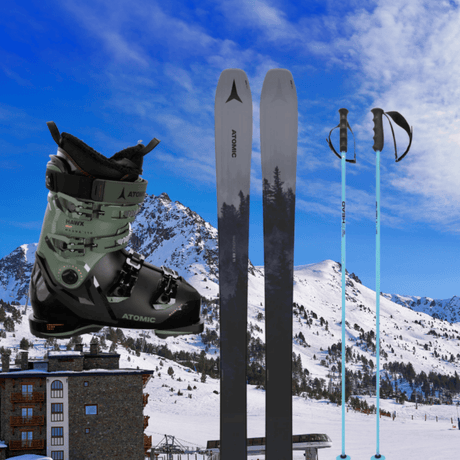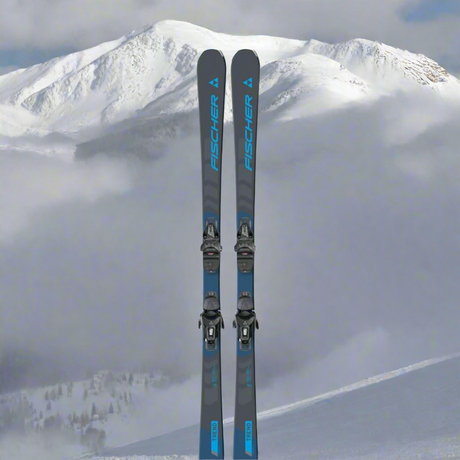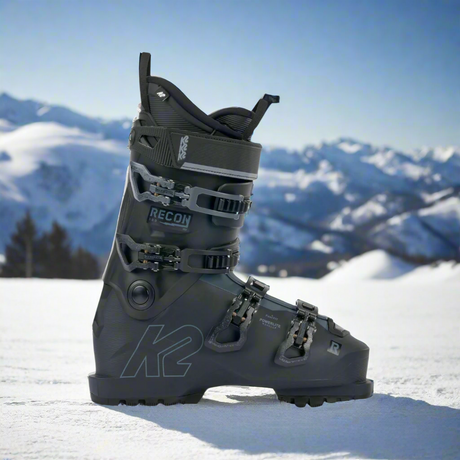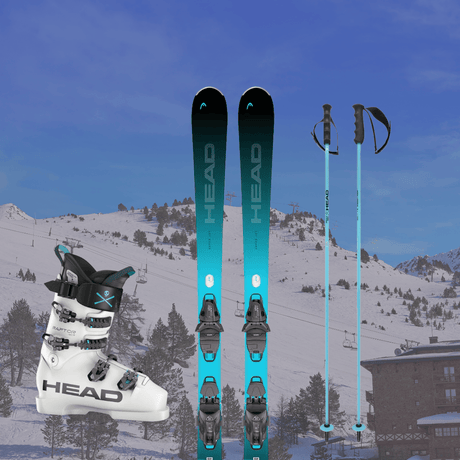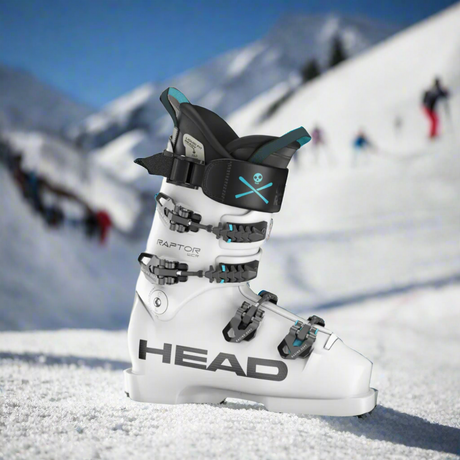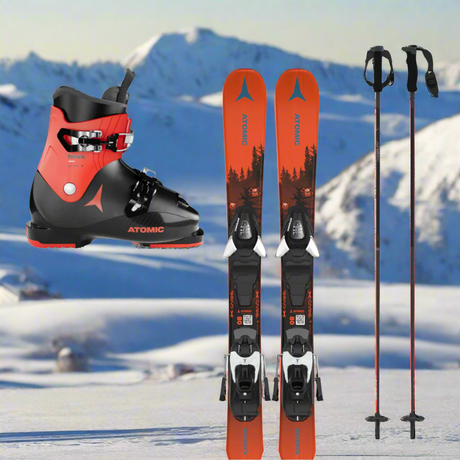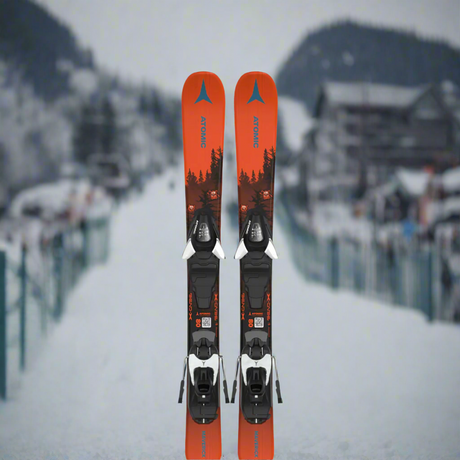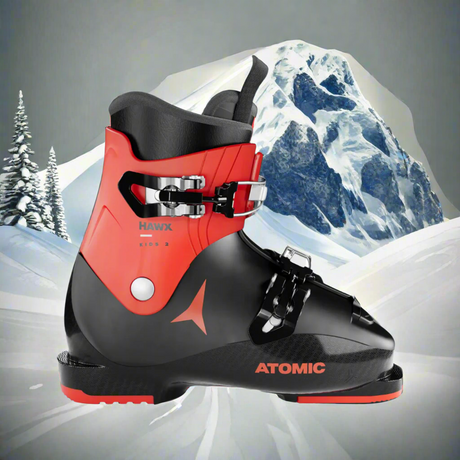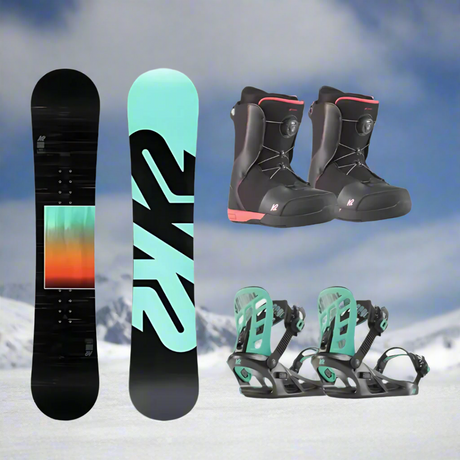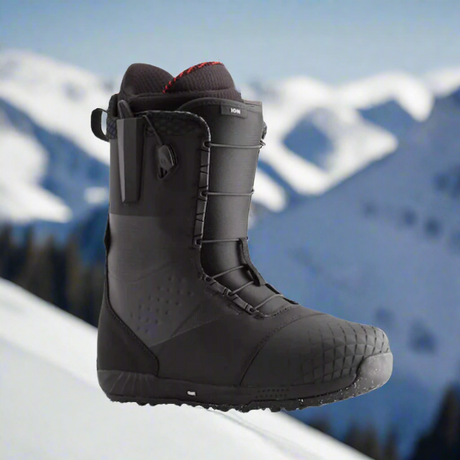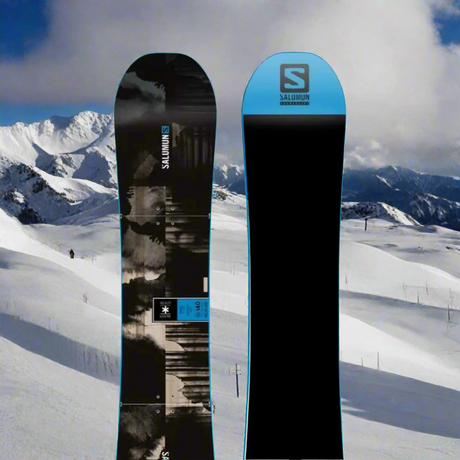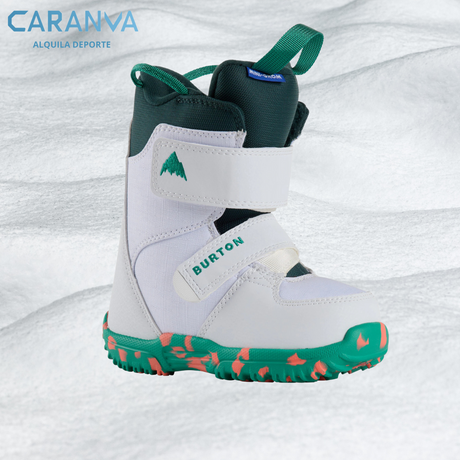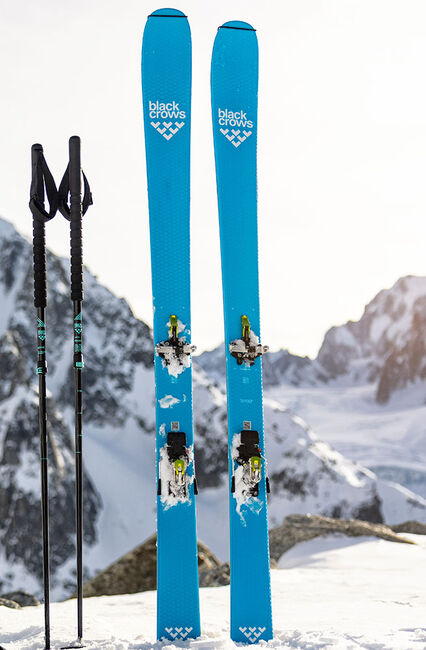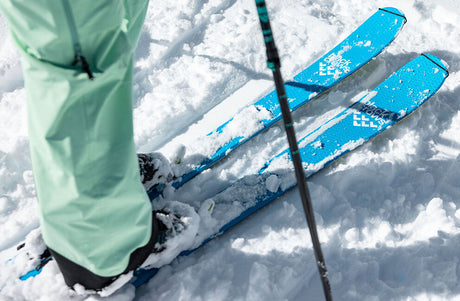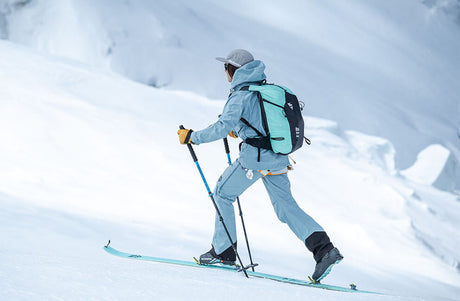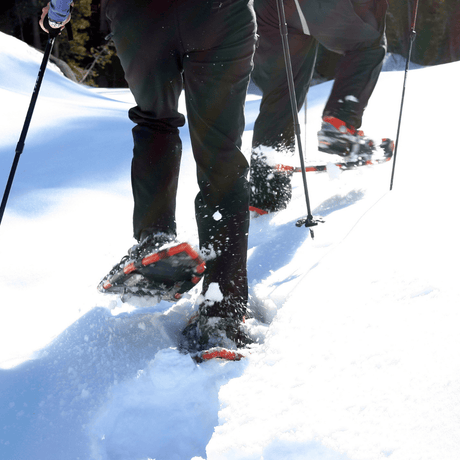The '100K' Domain of the Pyrenees: Analysis of a Strategic Delay
For any skier who frequents the Aragón Valley, the proposed connection between Astún and Candanchú is more than just news; it's a recurring dream. The vision of a unified 100-kilometer ski area, dubbed the '100K,' competing directly with the giants of the Pyrenees, has fueled conversations on chairlifts and après-ski for years. However, the latest news transforms this excitement into an exercise in patience: the gondola lift that will make this connection a reality has suffered a significant delay. Far from being a simple setback, this postponement reveals the technical, administrative, and economic complexities of one of the most important infrastructure projects in the Spanish Pyrenees.
The Data Behind the Project: Figures, Timelines, and Realities
To understand the scope of this project, it's essential to look beyond the headlines and analyze the concrete figures. We're not talking about a simple ski lift, but a vital artery for the future of skiing in Jacetania.
- Investment: The project's cost has increased significantly. From an initial estimate of around €22 million , the bidding process and planned phases have raised the figure to more than €35 million . It is crucial to understand its mixed financing: €10 million comes from the European NextGenerationEU funds, €3 million from the Huesca Provincial Council, and the bulk, more than €22 million , comes from the Government of Aragon's own funds.
- Technical Specifications: The gondola lift will be a detachable single-cable system that will cover a distance of approximately 3.6 kilometers . It will connect the Candanchú base with the Pastores area in Astún in an estimated 12-minute journey, overcoming a considerable elevation gain.
- Phased Development: The lift's capacity will be progressive. An initial phase (Phase 0) will start with 24 cabins and a limited transport capacity of 600 skiers per hour . The final goal, planned for after 2035, is to reach 96 cabins and a capacity of 2,400 skiers per hour .
Impact Analysis: Why is a key project delayed?
The main reason for the current delay lies not in the snow, but in the offices. The major obstacle has been the processing of the Aragon Project of General Interest (PIGA) . The submission of objections and the need to collect sectoral reports have delayed final approval, an essential bureaucratic step for starting work on the ground. This administrative delay has pushed the schedule so far that the construction window during the spring and summer of 2026 has become unfeasible, postponing the realistic opening date to at least the 2027-2028 winter season .
The Pressure of European Funds
This new schedule introduces a considerable risk factor: European funding. NextGenerationEU funds operate with very strict deadlines. A delay in completing the project could jeopardize the €10 million grant, which would pose a major financial challenge to the project and regional coffers. The race now is not only against the winter snow, but also against the Brussels bureaucratic clock.
What Does This Delay Mean for Skiers?
For enthusiasts, the consequences are direct. The promise of gliding across a 100-km area without taking off their skis (or almost) will have to wait at least two more seasons. This impacts the user experience and the destination's competitiveness. While other large ski areas like Baqueira Beret and Grandvalira continue to invest and expand, the Aragón Valley is seeing its flagship project to improve the offering and fluidity between its two main resorts postponed.
The advanced skier, who values the variety of slopes and the ability to cover long distances, is the most affected. The physical connection not only adds kilometers but also creates a much more powerful tourism product, capable of attracting skiers for longer stays and competing in the international market. Every season of delay is a lost opportunity in this competitive sector.
Conclusion: A Dream on Hold, a Current Need
The delay of the Astún-Candanchú gondola lift is a clear example of how grand visions for the future in the mountains often collide with harsh administrative realities and cost overruns. Although frustrating for skiers, the project remains a strategic and necessary commitment to the future of the Aragón Valley.
Patience is key, but a passion for the snow doesn't wait. While the paperwork is underway, the essence of skiing remains intact: seeking the best conditions and the best equipment to enjoy every run. At CaranvaSports, we understand that a superior skiing experience can't wait for a lift. That's why we offer you the highest-quality rental equipment, perfectly prepared so that, whether in Astún, Candanchú, or wherever the snow takes you, your only concern is carving the perfect line. Because big projects sometimes get delayed, but your enjoyment of the snow doesn't have to be.

